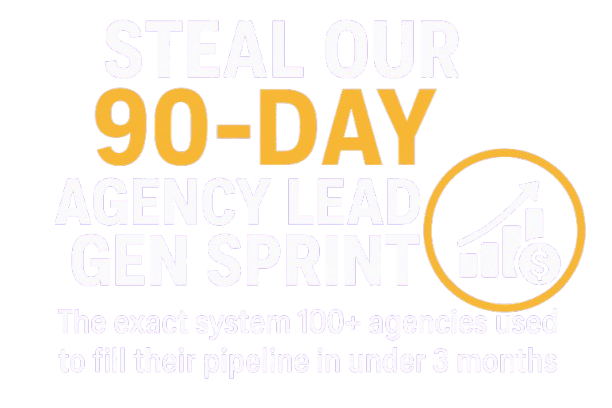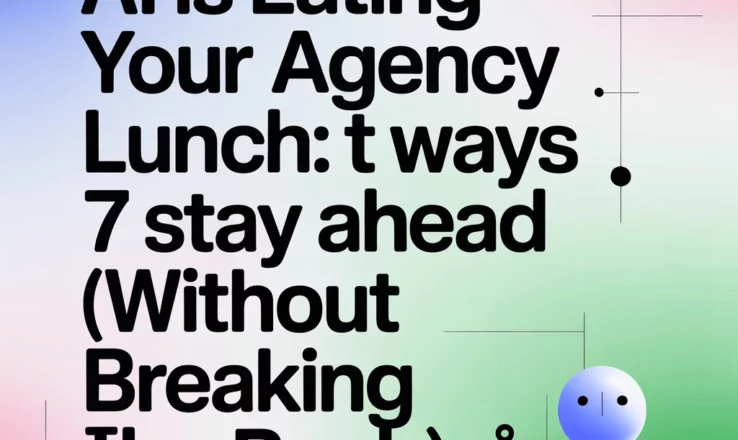
Here's the uncomfortable truth: while you're debating whether AI is a fad, your competitors are using it to deliver campaigns faster, cheaper, and often better than you can. The data doesn't lie: AI adoption in marketing agencies has exploded, with agencies now using AI for everything from writing copy to analyzing campaign performance.
But here's what most agency owners get wrong: they think AI is either going to replace them entirely or it's just another shiny tool they can ignore. Both approaches will kill your business. The winning move? Strategic integration that amplifies your team's capabilities without breaking your budget.
Let me walk you through exactly how to do this, step by step.
1. Audit Your Current Workflow (And Find the AI Gold Mines)
Start here: grab a notepad and spend the next week tracking every repetitive task your team does. I'm talking about the soul-crushing stuff: writing first-draft social posts, formatting reports, researching competitors, creating initial wireframes.
Here's what you're looking for:
- Tasks that take more than 30 minutes but require minimal creative input
- Processes your team complains about doing manually
- Anything that follows the same format every time
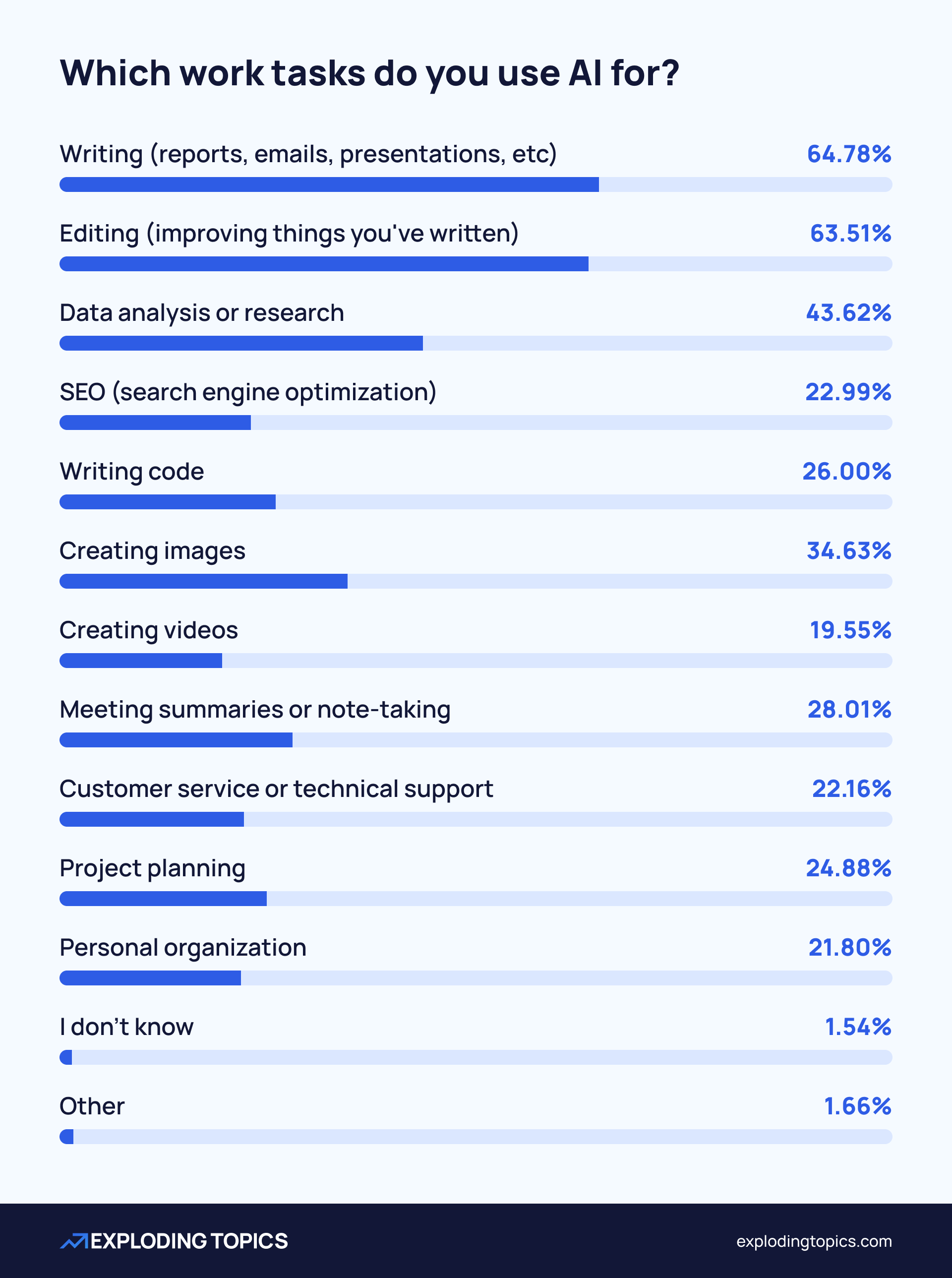
The data shows that 64.78% of marketing agencies are already using AI for writing, and 63.51% for editing. If you're not in those numbers, you're falling behind fast. But don't just copy what everyone else is doing: find the unique bottlenecks in your specific workflow.
Once you've identified these tasks, calculate how much time your team spends on them weekly. That's your baseline. Your goal is to reduce that time by 60-70% within 90 days using AI tools.
2. Master the AI Toolstack That Actually Moves the Needle
Stop trying to use AI for everything. Instead, pick three tools and become genuinely good at them. Here's my recommended starter stack:
For Content Creation: Use ChatGPT or Claude for first drafts, but here's the key: develop specific prompts for your agency's voice. Create a prompt library with templates for different client industries and content types.
For Visual Content: Midjourney or DALL-E for initial concepts, but always refine them. The goal isn't to replace your designers: it's to give them better starting points.
For Data Analysis: Use AI to process campaign reports and identify patterns. Tools like ChatGPT can analyze your Google Analytics exports and highlight insights you might miss.
Now here's where most agencies mess up: they expect AI to work perfectly out of the box. It won't. Plan to spend 2-3 weeks learning how to prompt each tool effectively. This isn't optional: it's the difference between mediocre output and game-changing results.
3. Build Your AI-Human Hybrid Workflow
This is where the magic happens. You're not replacing your team: you're making them superhuman.
Create a three-stage process for every major deliverable:
- AI First Draft: Use AI to create the initial version (copy, strategy brief, campaign outline)
- Human Strategic Layer: Your team adds the strategic thinking, industry expertise, and client-specific insights
- AI Polish: Use AI to refine, fact-check, and optimize
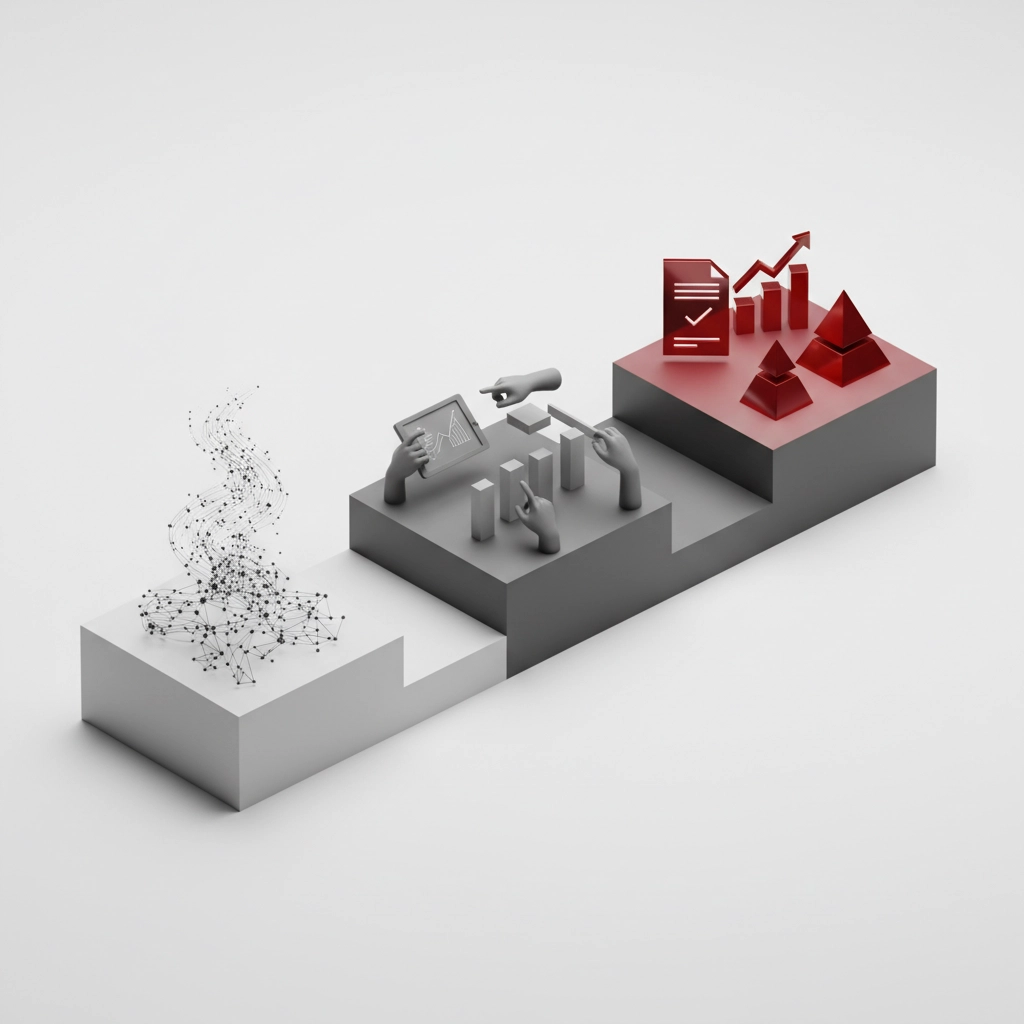
Here's a real example from my own agency work: For client strategy presentations, I use AI to research industry trends and create initial slide outlines. This cuts prep time from 8 hours to 3 hours. But the actual strategic recommendations and client insights? That's pure human expertise.
4. Scale Content Creation Without Scaling Headcount
The traditional agency model is broken. You used to need a writer, designer, and project manager for every major campaign. Not anymore.
Here's your new content production system:
Week 1: Set up AI-powered content calendars. Use tools like ChatGPT to brainstorm 30 days of content ideas based on your client's industry, target audience, and recent news.
Week 2: Create your template library. Develop AI prompts for different content types: blog posts, social media, email campaigns, ad copy. Each prompt should include your client's brand voice, target audience, and key messaging.
Week 3: Train your team to use the "AI-first, human-polish" approach. The goal isn't perfect first drafts: it's eliminating blank page syndrome and cutting creation time by 50%.
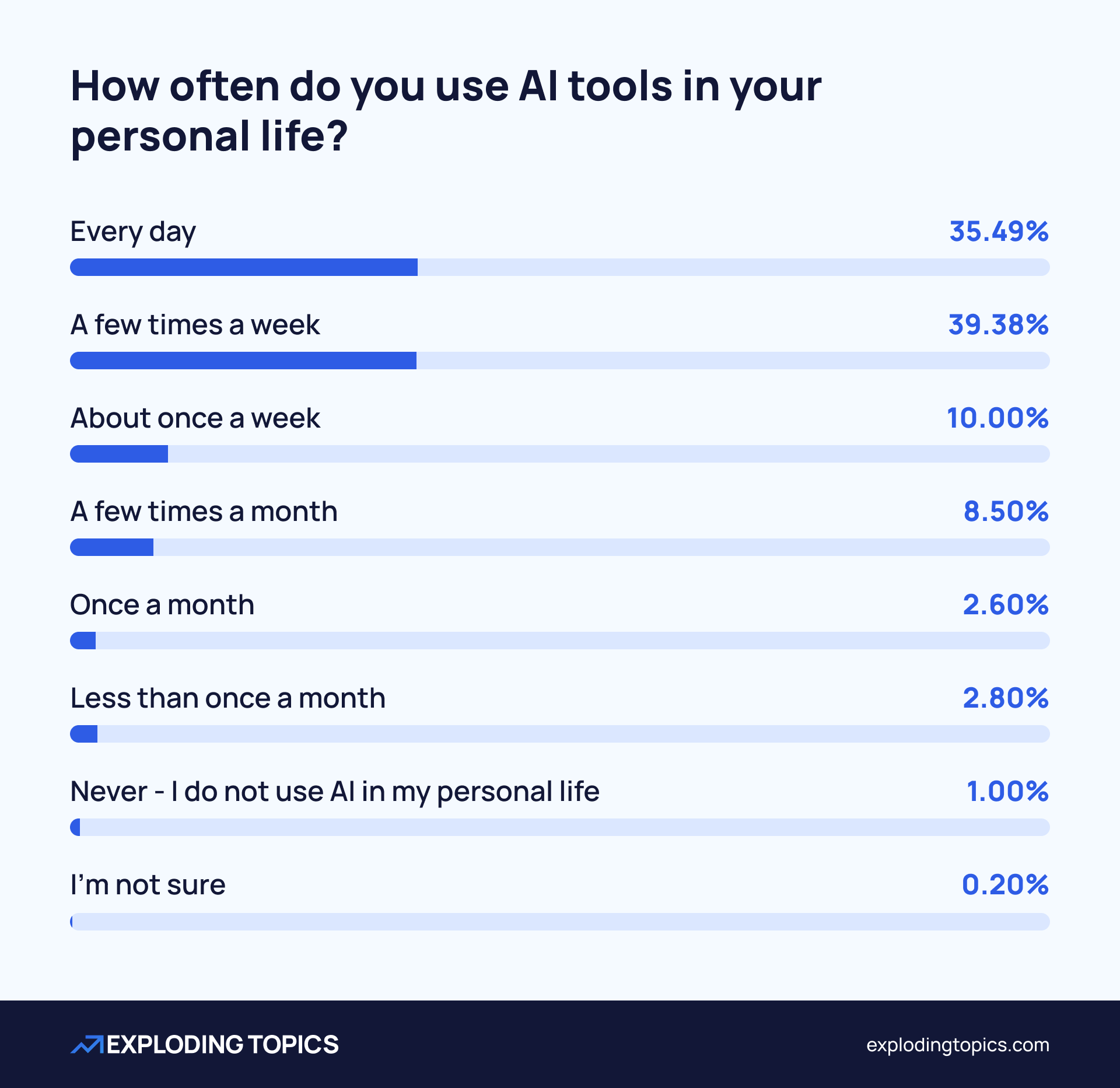
The adoption curve is steep: 35.49% of people now use AI tools daily. Your clients are already seeing AI-generated content from other sources. If your agency isn't keeping pace, they'll notice.
5. Revolutionize Your Client Reporting (And Actually Impress Them)
Stop sending boring spreadsheets. Use AI to transform your data into actionable insights.
Here's your new reporting process:
Step 1: Export your campaign data as usual (Google Ads, Facebook Ads, Google Analytics)
Step 2: Feed this data into AI with specific analysis prompts:
- "Identify the top 3 performance trends and explain what's driving them"
- "Find correlations between audience behavior and conversion rates"
- "Suggest 5 optimization opportunities based on this data"
Step 3: Use AI to write the executive summary in your client's language: not marketing jargon
This transforms you from a data deliverer into a strategic advisor. Clients pay more for insights, not just numbers.
6. Automate Client Communication (While Staying Human)
Your clients want quick responses and proactive updates. AI can help you deliver both without hiring more account managers.
Set up these automated systems:
Campaign Alerts: Use AI to monitor campaign performance and automatically flag significant changes. Create templates that explain what happened and what you're doing about it.
Proactive Updates: Schedule weekly AI-generated performance summaries that highlight wins, concerns, and next steps.
FAQ Responses: Build an AI knowledge base that can answer common client questions instantly.
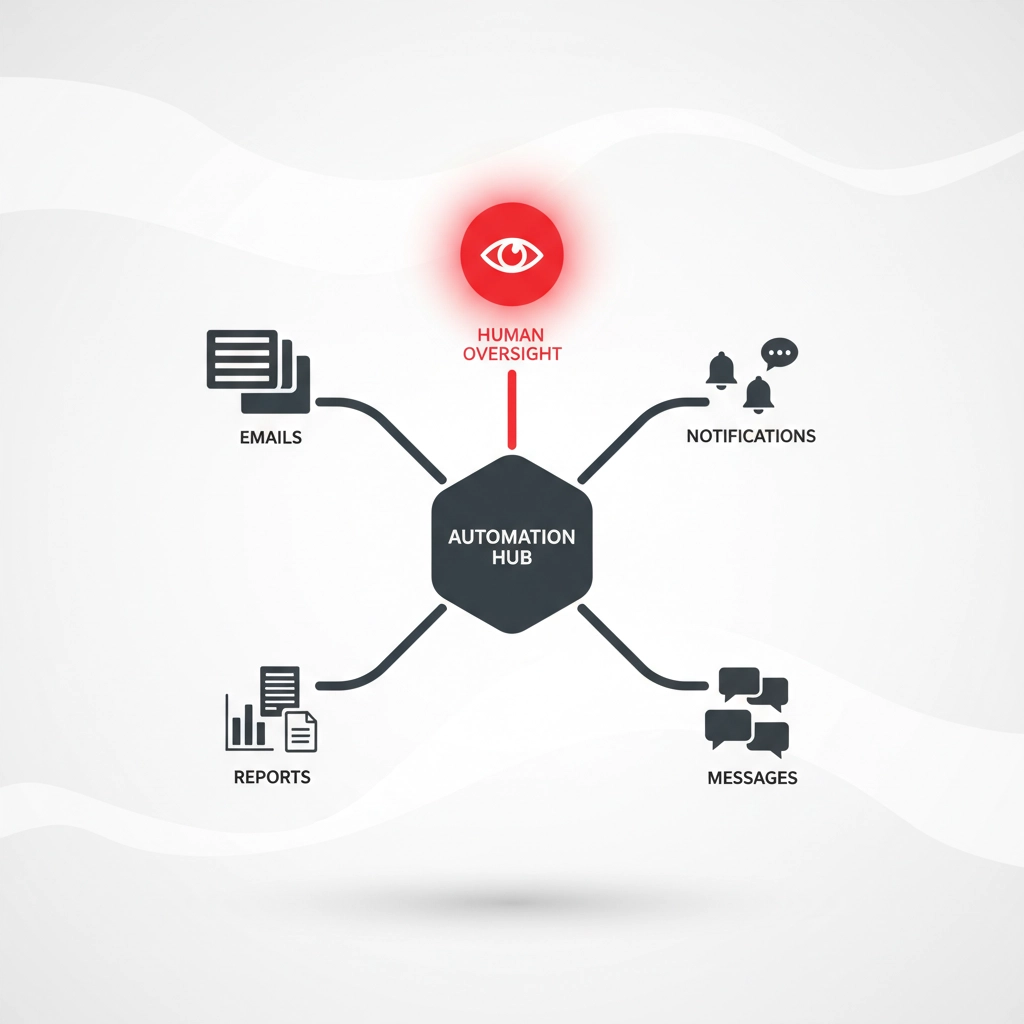
But here's the critical part: always make it clear when communication is AI-assisted versus when it's coming directly from you. Transparency builds trust, deception destroys it.
7. Future-Proof Your Agency (Start Today)
The agencies that survive the next five years will be the ones that treat AI as a core competency, not a side project.
Here's your 90-day action plan:
Days 1-30: Complete your workflow audit and choose your initial toolstack. Start with one AI tool and master it completely.
Days 31-60: Implement your hybrid workflows for one client. Measure time savings and quality improvements.
Days 61-90: Scale the system across all clients and train your entire team.
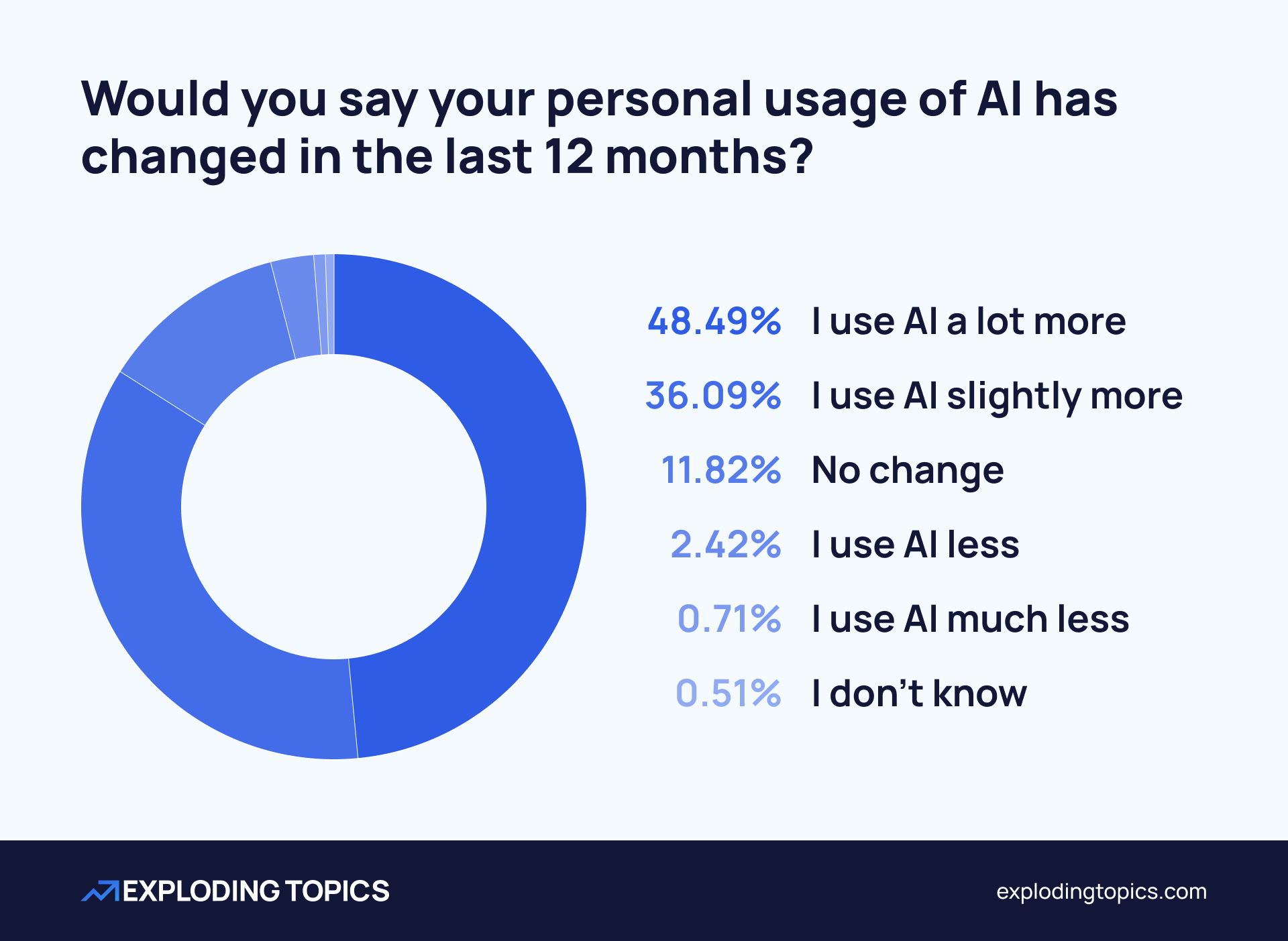
The numbers don't lie: 48.49% of people are using AI "a lot more" than they did 12 months ago. This isn't a trend you can wait out.
But remember: AI is a tool, not a strategy. Your competitive advantage still comes from understanding your clients' businesses, knowing their markets, and delivering results that matter. AI just helps you do it faster, smarter, and more profitably.
The agencies that win won't be the ones with the fanciest AI tools: they'll be the ones that use AI to become better at what already makes them valuable. Start building that future today, because your competitors already are.
Your move. What's the first AI tool you're going to master this week?
